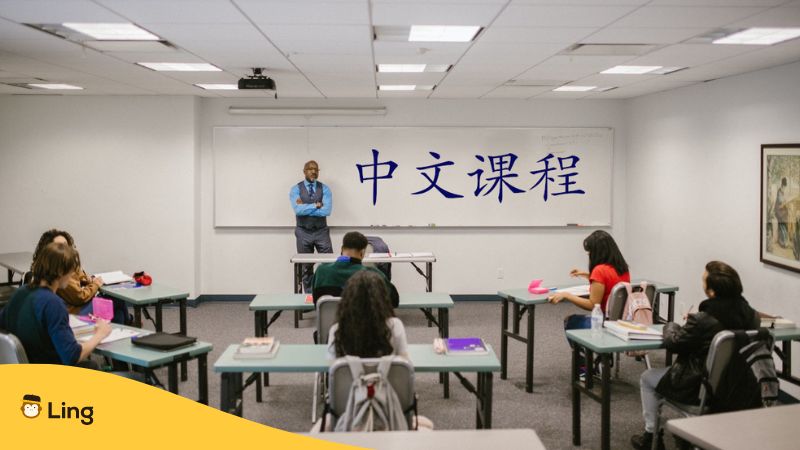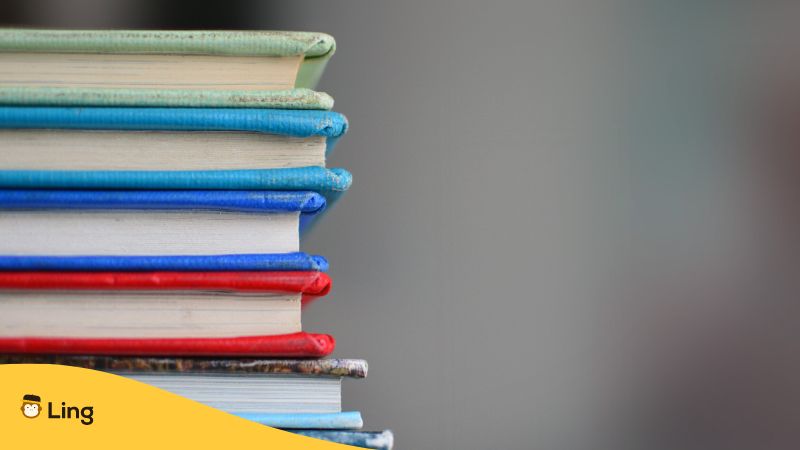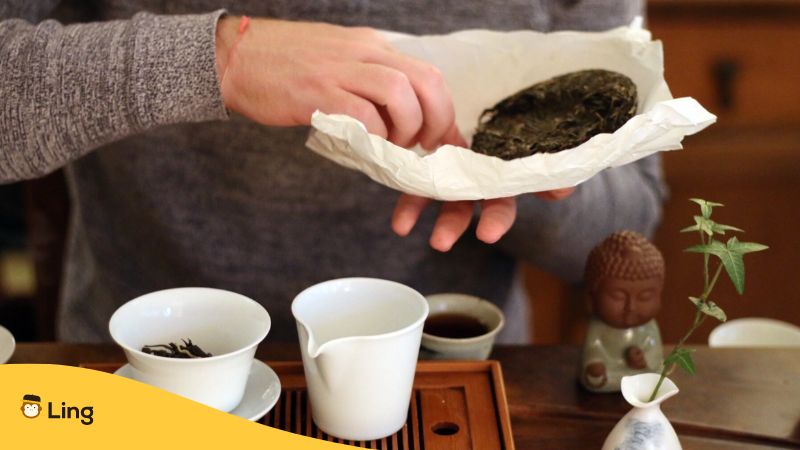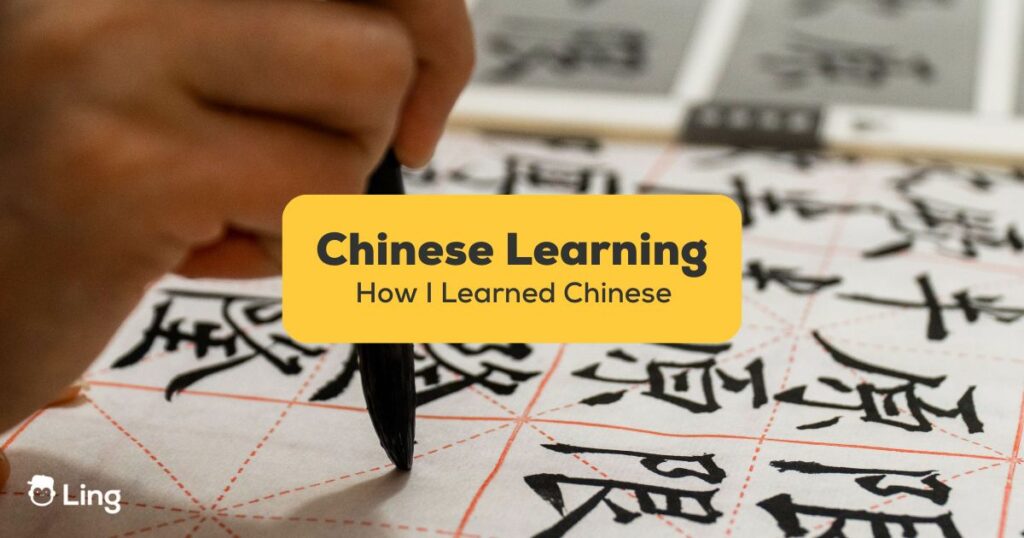As an ethnic Chinese born and raised in Singapore, my peers and I observed the country’s Bilingual Policy from a young age. It’s the education policy that ensures Singaporeans are proficient in both English and their mother tongues, usually Chinese, Malay, or Tamil. In my case, the Chinese language is my mother tongue. This education policy big part of the story of how I learned Chinese.
Since English is still the main medium of instruction in schools, young Singaporeans tend to prefer using it over their respective mother tongues, to the point where they often joke about their poor proficiency, be it writing or speaking skills, in their mother tongue.
For me, however, I’m thankful for the fact that I’ve been learning Mandarin Chinese from a young age. It has proved to open doors when it comes to job opportunities, as well as serve as a stepping stone and solid foundation for learning similar languages like Korean and Japanese.
Did you know? The Korean and Japanese alphabets originated from Chinese characters (汉子), and continue to be used as Hanja (한자) and Kanji (漢字) respectively. Without further ado, here’s my Chinese language learning journey.

1. How I Learned Chinese In School
As an ethnic Chinese person, I have been bilingual in English and Chinese since I was young. But even though my parents are ethnic Chinese as well, they grew up in Malaysia and were educated in English and Malay. Although they can speak Chinese, they can’t quite read or write Chinese characters due to their educational background.
That’s why I depended on learning Mandarin Chinese formally through school. I started off learning how to read and write simple Chinese characters as early as preschool and kindergarten, where we had a designated Chinese teacher. She would teach us basic Chinese characters with flashcards, as well as guide us in writing these Chinese characters.
I went to Special Assistance Plan (SAP), or 特别辅助计划 (tè bié fǔ zhù jì huá), schools for both my primary and secondary education. By definition, it’s a scheme in Singapore that caters to academically strong students who excel in both English and Mandarin Chinese. This meant that the schools I went to were essentially Chinese schools that placed a strong emphasis on Chinese culture.
Learning Chinese In Primary School
In primary school, we learned how to recite the Di Zi Gui (弟子規), which means “Standards for Being a Good Pupil and Child.” We also learned how to sing the school song, which was in Chinese. We would recite these every morning during assembly.
Of course, learning Chinese didn’t stop there. We had Chinese lessons every day, where we learned vocabulary like Chinese words and phrases, Chinese grammar rules, Chinese pronunciation, and more. We kept a 习字本 (xí zì běn), which means “practice word book”, to write the new words we’ve learned over and over, or 抄书 (chāo shū), and form Chinese sentences with them to show that we understood the Chinese words.
We were also given spelling and dictation tests, or 听写 (tīng xiě), every week, where we were tested on writing Chinese characters that we had learned the previous week. We also learned how to write simple Chinese compositions, or 作文 (zuò wén), where we were given four panels depicting a scenario and had to write a story about it.
Since it’s really hard to remember every single Chinese word, even for ethnic Chinese people like us, we were allowed to use a Chinese dictionary. As someone who enjoys writing, I personally really liked this part of reinforcing our learning of Chinese characters.
Other than English, Math, and Science, Chinese was also one of the four subjects we were tested on for our mid-year and end-of-year examinations. We would be tested on written Chinese with the reading and writing component, spoken Chinese with the oral examination or 口试 (kǒu shì) component, and our Chinese understanding with the listening comprehension or 听力 (tīng lì) component. That’s why we were pretty much studying Chinese every day!

Learning Chinese In Secondary School
Even though my primary school strongly emphasized learning Chinese, it wasn’t much compared to my secondary school. What’s more, with its traditional Chinese architecture and a big Chinese lake right in the middle, many people often joke that my secondary school looks more like a Chinese temple than a school!
We went beyond merely learning Chinese in my secondary school. Other than standard Chinese lessons, we also had lots of Chinese cultural activities. These include Chinese tea appreciation, where we would learn how to brew and serve Chinese tea; Chinese calligraphy, where we would learn how to write Chinese characters in a poised manner with a brush; Chinese ink painting, where we would paint things like cherry blossoms and swallows, as well as Chinese history lessons where we would learn about the history of China, from the Xia Dynasty to the Qing Dynasty. All of these lessons were conducted in Chinese, which meant that we were thoroughly exposed to the language.
Learning Chinese in secondary school was more or less the same as learning Chinese in primary school, just that the difficulty was, of course, increased. For example, instead of four-panel stories, we would write emails and essays about various topics for composition. For oral, we would also be given a video talking about a social issue instead of a static picture showing a scenario, and we would then have to discuss it with our examiners.
2. How I Learned Chinese With Supplementary Materials
To supplement my Chinese learning journey, my parents sent me to an external Chinese language school, which I would also go to on weekends. They also subscribed to a popular Taiwanese kid’s publication on my behalf. Every month, I would receive a new issue that also comes with a CD similar to Chinese podcasts that I could listen to.
Since Taiwan uses Traditional Chinese characters or 繁体字 (fán tǐ zì) while Singapore uses Simplified Chinese characters or 简体字 (jiǎn tǐ zì), this was the only chance that I could practice reading Traditional Chinese characters. I also learned Bopomofo (ㄅㄆㄇㄈ), the Chinese transliteration and writing system exclusively used in Taiwan. This is a big part of the reason I became proficient in reading both types of Chinese characters.

Easy Chinese Phrases About Learning Chinese
Here are some phrases you can use when people ask you about how your Chinese language learning progress is going!
| Chinese Phrase | Pronunciation | English Translation |
|---|---|---|
| 我想学中文。 | wǒ xiǎng xué zhōng wén. | I want to learn Mandarin Chinese. |
| 我喜欢学习中文。 | wǒ xǐ huān xué xí zhōng wén. | I like studying Chinese. |
| 让我们一起学习汉字吧。 | ràng wǒ mén yī qǐ xué xí hàn zì bā. | Let’s learn Chinese characters together. |
| 我想学会写汉字。 | wǒ xiǎng xué huì xiě hàn zì. | I want to learn how to write Chinese. |
| 写汉字很难但很有趣。 | xiě hàn zì hěn nán dàn hěn yǒu qù. | Writing Chinese characters is difficult but interesting. |
| 我喜欢了解中国文化。 | wǒ xǐ huān liǎo jiě zhōng guó wén huà. | I like learning about Chinese culture. |
| 我需要提高我的中文口语技能。 | wǒ xū yào tí gāo wǒ de zhōng wén kǒu yǔ jì néng. | I need to improve my Chinese speaking skills. |
| 我是作为外语学习中文。 | wǒ shì zuò wéi wài yǔ xué xí zhōng wén. | I am learning Chinese as a foreign language. |
| 我想和中文母语者练习。 | wǒ xiǎng hé zhōng wén mǔ yǔ zhě liàn xí. | I want to practice with Chinese native speakers. |
| 我喜欢看中文电视剧和听中文歌曲。 | wǒ xǐ huān kàn zhōng wén diàn shì jù hé tīng zhōng wén gē qū. | I like to watch Chinese dramas and listen to Chinese songs. |
| 你看中文电影吗? | nǐ kàn zhōng wén diàn yǐng má? | Do you watch Chinese films? |
| 你是如何学习中文的? | nǐ shì rú hé xué xí zhōng wén de? | How do you learn Mandarin Chinese? |
| 让我们一起尝试说中文吧。 | nǐ shì rú hé xué xí zhōng wén de. | Let’s try speaking Chinese together. |
Ready To Learn Chinese?
There you have it, the story of how I learned Chinese. Of course, school and formal education aren’t the only way you can learn Chinese. Depending on your learning style, you can learn Chinese online with language learning apps like the Ling app. You can also watch Chinese media like Chinese films and Chinese dramas, listen to Chinese music, join language exchange groups, practice with native Chinese speakers or a Chinese language partner, meet Chinese people, make Chinese friends, and more.
If you’re a complete beginner, I strongly recommend you learn Mandarin Chinese with language learning apps like the Ling app. This is because Chinese is a tonal language, and learning Chinese tones can be a challenge. However, with a teaching Chinese app like the Ling App, you can easily get the hang of these tones with provided audio in lessons and speak Mandarin as quickly as possible. So get started today with the Ling App! 加油!



































































